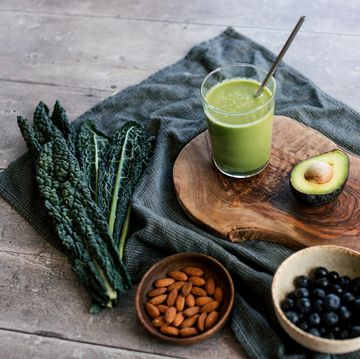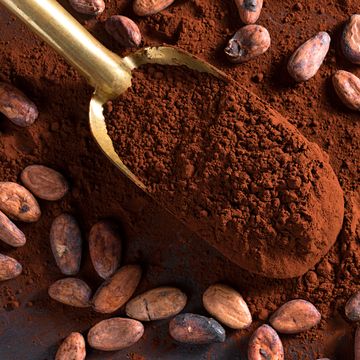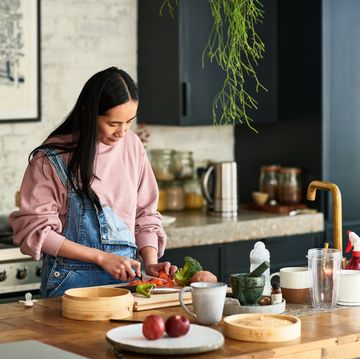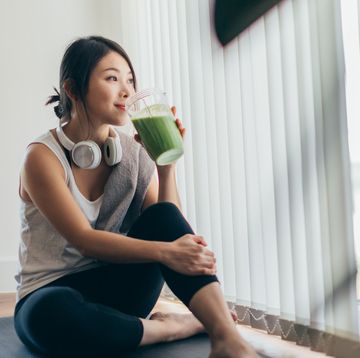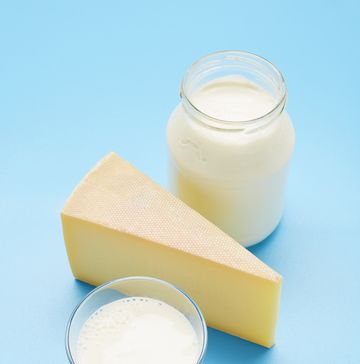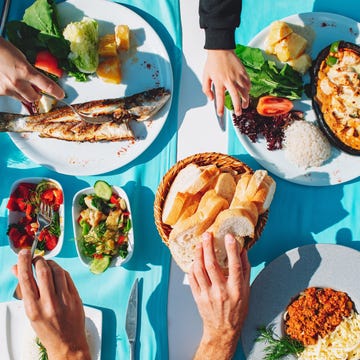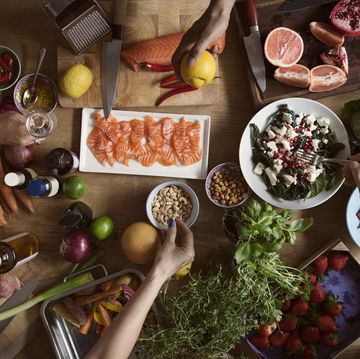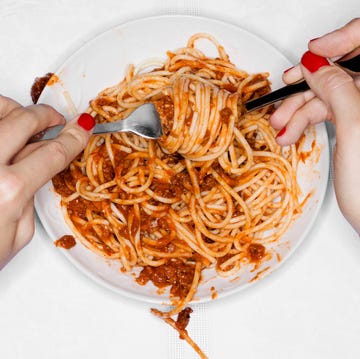First it was five a day, then it was 10 – a hefty 20 has even done the rounds, but how much fruit and veg should we really be eating for optimum health? Dietitian Laura Tilt reveals all.
FIVE A DAY: FACT OR MYTH?
As marketing slogans go, none has been commandeered quite as successfully as ‘taste the rainbow’ has by the wellness industry.
While getting your five a day used to feel like a chore – there’s nothing appetising about a limp salad leaf – the rise of veggie feeds on the ’gram and cookbooks on the shelves have made the process more palatable.
But is there such a thing as the magic number?
The roots of the five-a-day message can be traced back to a 1990 recommendation from the World Health Organization, linking a daily dose of 400g of fruit and veg with a lower risk of heart disease and cancer. Divide that into 80g servings and what do you get? Five a day.
Read: Keen on upping your veg intake but not sure where to start? Check out these 14 healthy smoothie recipes.
The UK government launched a campaign around this idea in 2003, but since then, we’ve had claim and counter-claim, with the true number being stated as anything from three to 20.
Last year, Imperial College London scientists examined 95 global studies looking at fruit and veg intake and the risk of various diseases. Though benefits were noted at modest intakes (about 200g a day – or two and a half portions), the risk of premature death from any cause continued to drop by 10% for every 200g increase up to 800g (or 10 portions) a day.
A few months later, Canadian researchers published differing results, showing that eating three to four large (125g) portions a day was enough to get the maximum risk reduction against heart disease and death from various causes, with higher intakes showing little extra benefit.
The bulk of the evidence still supports that the biggest gains seem to come from increasing fruit and veg intake from zero up to five a day, with benefits levelling out after this. And if three bigger portions feels more manageable than five smaller ones, make that your goal instead.
So, grams sorted. But what about that rainbow?
TASTE THE RAINBOW: FACT OR MYTH?
While a colourful plate might make for a great pic, according to the British Heart Foundation, there’s no evidence that a balance of colours equals a balance in nutrients. But we do know different colours and varieties have varying e ffects on your risk of developing different diseases.
Cruciferous veg like cauliflower and broccoli have been linked with a reduced risk of cancer, while apples and pears, citrus fruits, carrots and leafy greens can have a protective effect against heart disease.
It makes sense, then, to eat a mix of fruits and vegetables for maximum protection.
And with experts increasingly hailing the benefits of diversity for the sake of your gut bacteria – 20 different varieties a week is thought to be a good amount to aim for – it’s worth restocking your veg drawer every Sunday.
By choosing at least three different kinds a day (an apple, a red pepper, a good portion of butternut squash) you’ll get a range of beneficial compounds, without needing to fret about the colour palette.
TASTE THE RAINBOW: COLOUR BENEFITS
Red
Red fruit and veg contain lycopene, an antioxidant that can protect against heart disease and some cancers.
Cooked tomatoes are a rich source.
Orange or yellow
If it’s orange or yellow, it will contain carotenoids, which keep eyes and skin healthy.
Add dried apricots or mango to your morning oats.
Purple
Foods that are purple contain anthocyanins – antioxidants that protect cells from damage and may also lower blood pressure.
Bake a purple sweet potato or chuck some blueberries into your smoothie.
While you're here, check out these 9 vegetarian recipes that use a good protein source to get your fill of fruit and veg.



